Search
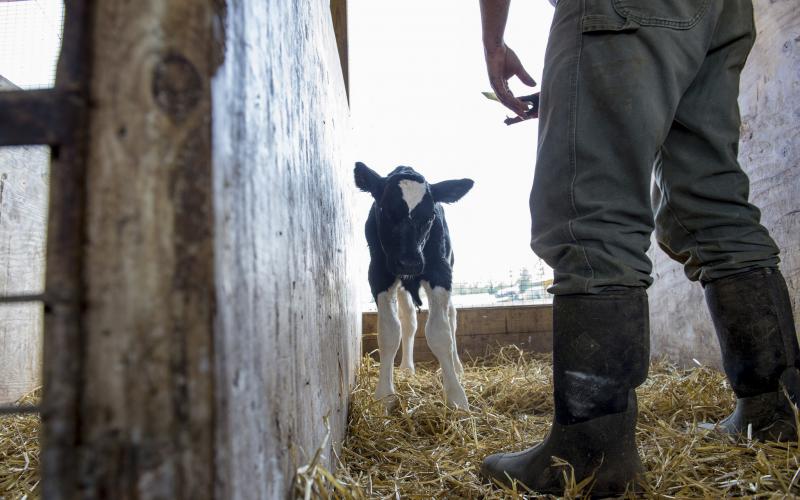
How did a Poultry Germ Change to Cause Severe Disease in Calves and People?
In 2015, a specific strain of a germ called Salmonella heidelberg made 56 people sick in 15 different states.

Finding Females for the Cowherd
The type and kind of females chosen for your cowherd is an important decision that can have long-term implications and great impact on the economic viability of the operation.
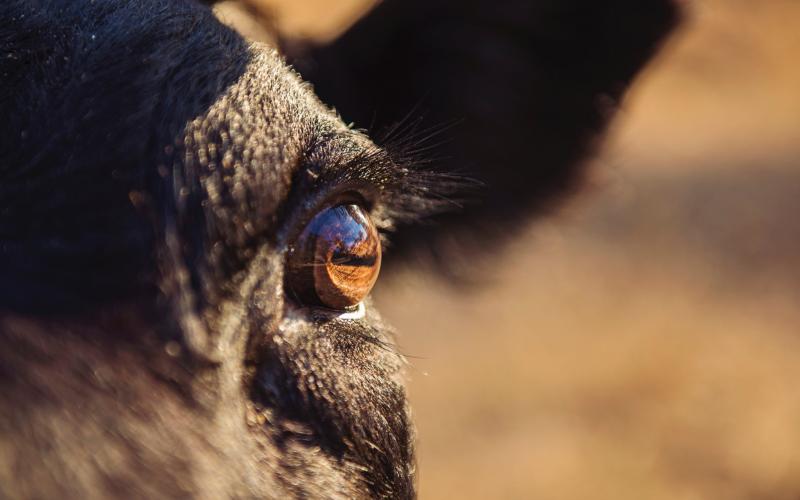
Anthrax: Vaccination Considerations
Anthrax is caused by bacteria, Bacillus anthracis, which has the ability to form very resistant spores in the soil. These spores can remain viable for many years on pasture, and become reactivated when the right environmental conditions exist. Fortunately for cattle producers, losses due to anthrax can be prevented through use of a vaccine that has proven its effectiveness through the years.
Spring Storm Fronts Impact Calving Patterns
While the changes in calving patterns in association with weather fronts is nothing new to producers, it is beneficial to keep this in mind as calving season shifts into high gear. Cold fronts are the type of weather systems that will create the pressure and temperature changes associated with increased birth rates.
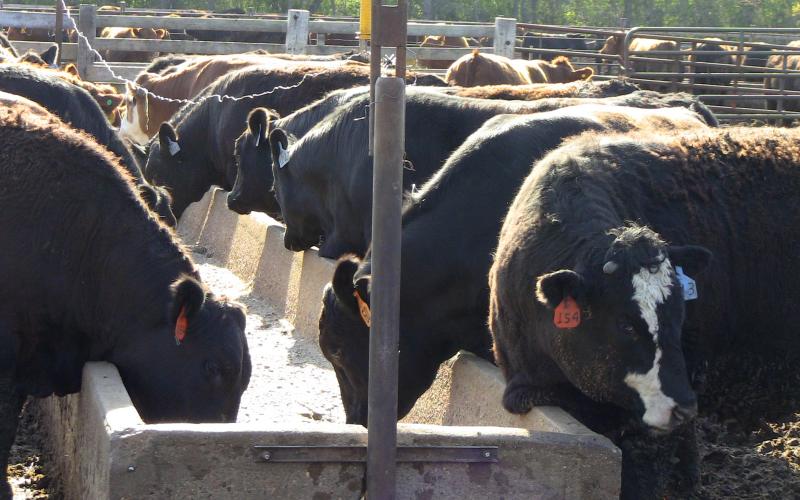
Let’s Talk BQA Assessments
Simply put, BQA assessments are a review of a farm or ranch by an assessor that helps managers benchmark their current level of cattle care and discover areas they may be able to improve.
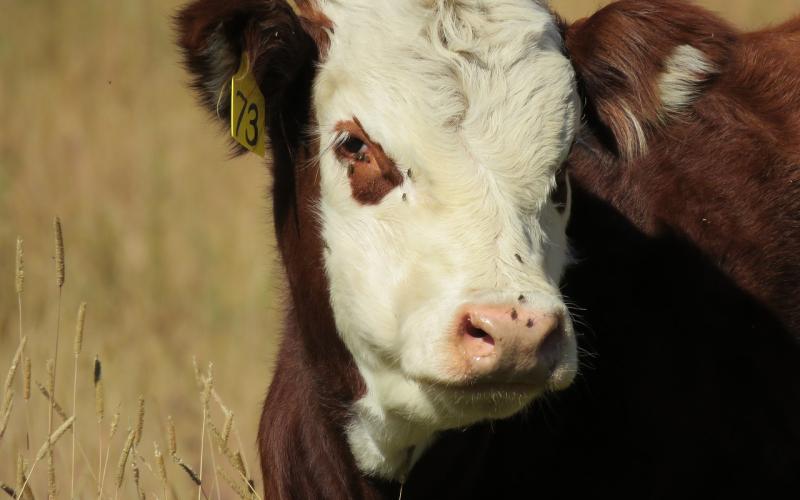
The Different Sides of Pinkeye Treatment
Pinkeye (or infectious keratoconjunctivitis) is a scourge that most cattle operations will deal with at some point. Regardless of the type of cattle affected or time of year, prevention always beats treatment.
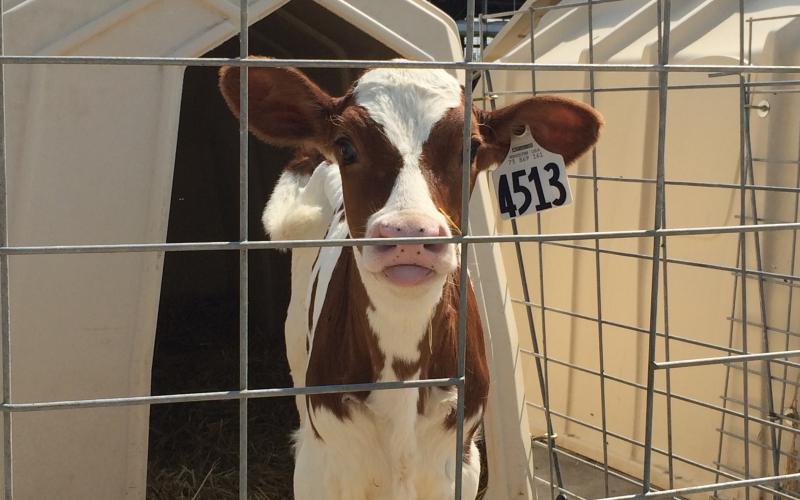
Understanding and Mitigating Heat Stress in Young Dairy Animals
We often don’t focus as much on heat stress in young dairy calves and tend to focus more on cold stress. However, it is just as important and producers or calf raisers should have a plan in place to help mitigate heat stress in these animals also.
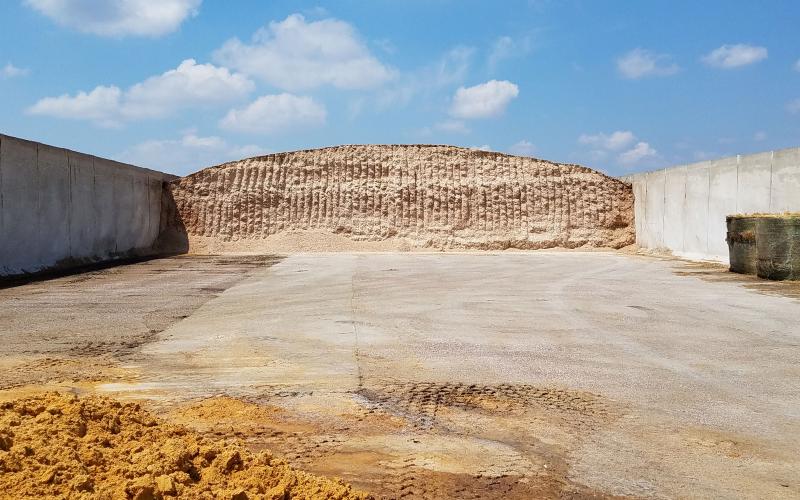
Valuing High-Moisture Corn and Earlage
A key advantage to using commodities that meet standard specifications and are frequently traded is that it is very easy to establish an economic value that is accepted by most users. The marketplace sets the value of corn, and other feedstuffs on a daily basis, provided those products meet some set of standard specifications.
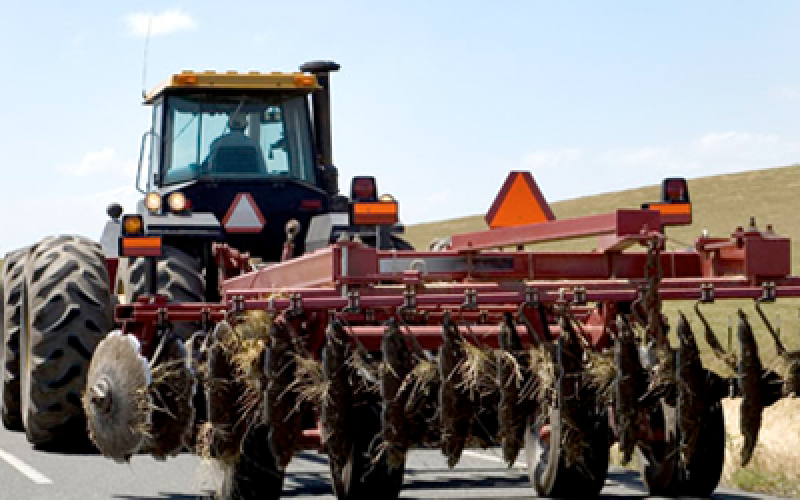
Farm Equipment, Safety on the Road, Everyone’s Role
National Farm Safety Week serves as a safety reminder for those involved in agriculture. During harvest, we will see an increase in farm equipment on the road, including tractors, combines, grain carts, silage choppers and silage trucks.
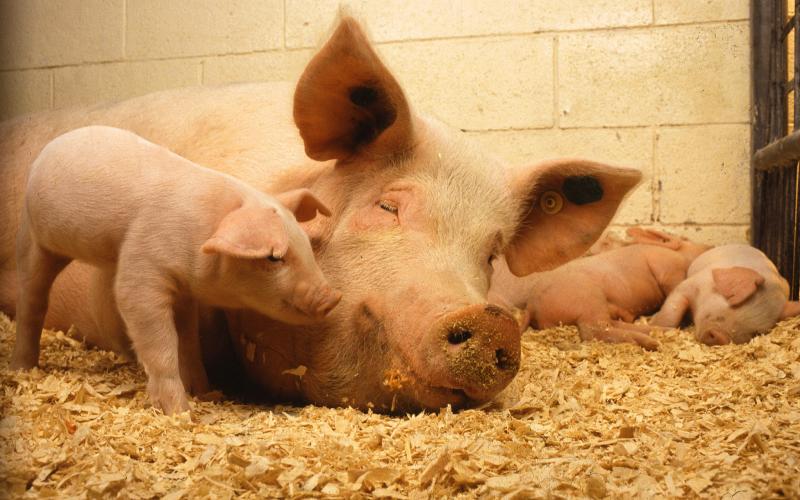
Next-Level Precision Sow Feeding
As the nutritional requirements of sows continue to be further refined, are there opportunities to achieve next-level precision sow feeding?